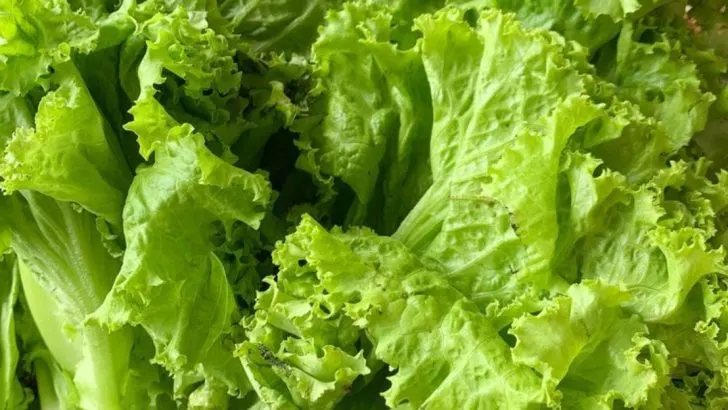Growing strawberries is a sweet reward for any gardener, but pairing them with the right companion plants can make the harvest even better. The right neighbors can help boost growth, repel pests, and improve soil health — while the wrong ones can stunt your strawberries or invite trouble.
In this article, we reveal the 8 best companion plants for strawberries, as well as 8 plants you should definitely keep at a distance. With smart companion planting, you can enjoy healthier plants, bigger yields, and a more balanced garden overall.
Set your strawberries up for success by choosing their garden companions wisely!
Borage
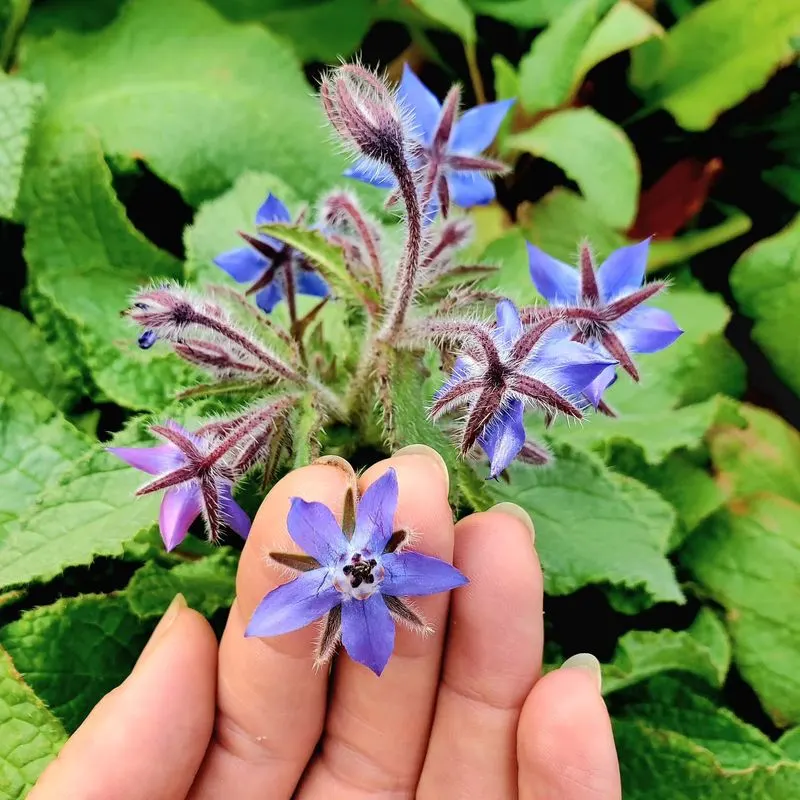
Borage, with its delicate star-shaped blue flowers, brings more than just beauty to the garden. This herb is known for attracting pollinators like bees, which can boost strawberry yields. The presence of borage may also deter unwanted pests, offering a natural form of protection to nearby plants. Known for enhancing the flavor of strawberries, borage is a favorite among gardeners seeking to improve their harvest. Integrating borage into your strawberry patch could lead to sweeter and more abundant berries, making it a worthwhile addition to your gardening plans.
Chives
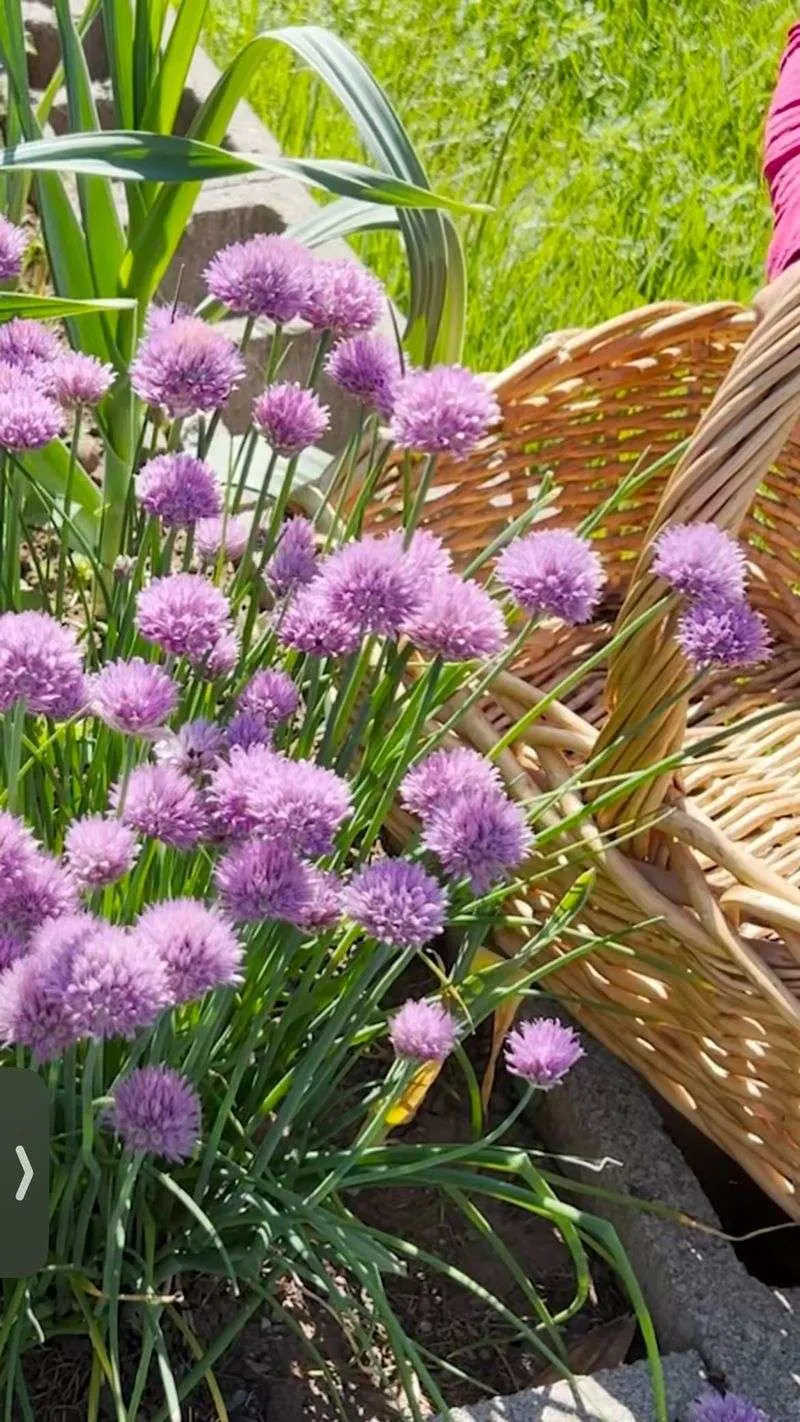
Chives, with their slender green stalks, bring both beauty and function to the strawberry patch. The mild onion aroma of chives can deter pests that threaten strawberries, like aphids and beetles. Aside from their pest-repelling properties, chives are known to improve the growth and flavor of strawberries. Planting chives nearby can create a symbiotic relationship, benefiting both plants. Not only do they serve a practical purpose, but the delicate purple blooms of chives add a lovely splash of color that can make any garden picture-perfect.
Garlic
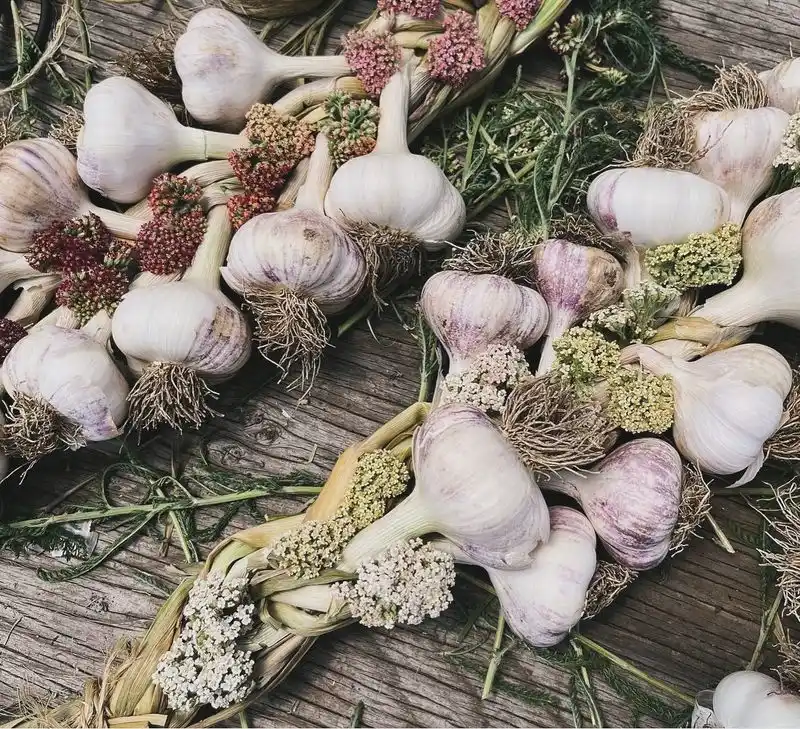
Garlic, renowned for its pungent aroma, acts as a natural pest deterrent, making it a great companion for strawberries. By planting garlic alongside strawberries, you can ward off common threats like spider mites and aphids. The sulfur compounds in garlic help protect strawberries from fungal diseases, promoting overall plant health. This combination not only helps in safeguarding the strawberry plants but also enriches the garden with diversity. Gardeners often appreciate how garlic can enhance the soil’s quality, contributing to a thriving, balanced ecosystem.
Lettuce

Lettuce, with its broad, leafy greens, complements strawberries well. Acting as a living mulch, lettuce helps retain soil moisture, benefiting the strawberries planted nearby. The shallow root system of lettuce ensures that it doesn’t compete with strawberries for nutrients. Instead, it shares space harmoniously, allowing both plants to thrive. This pairing is ideal for gardeners looking to maximize their garden’s output without overcrowding. Lettuce not only supports strawberry growth but also provides an extra layer of texture and color to the garden.
Spinach

Spinach serves as a fantastic companion for strawberries. By planting spinach alongside strawberries, you create a beneficial partnership where both plants can thrive. Spinach provides ground cover, helping to suppress weeds and retain soil moisture. Its fast-growing nature means it won’t overshadow the strawberries, allowing them to grow without much competition. Together, spinach and strawberries create a balanced garden environment, offering an efficient use of space. For those aiming for a productive garden, this combination is both practical and visually pleasing.
Carrots
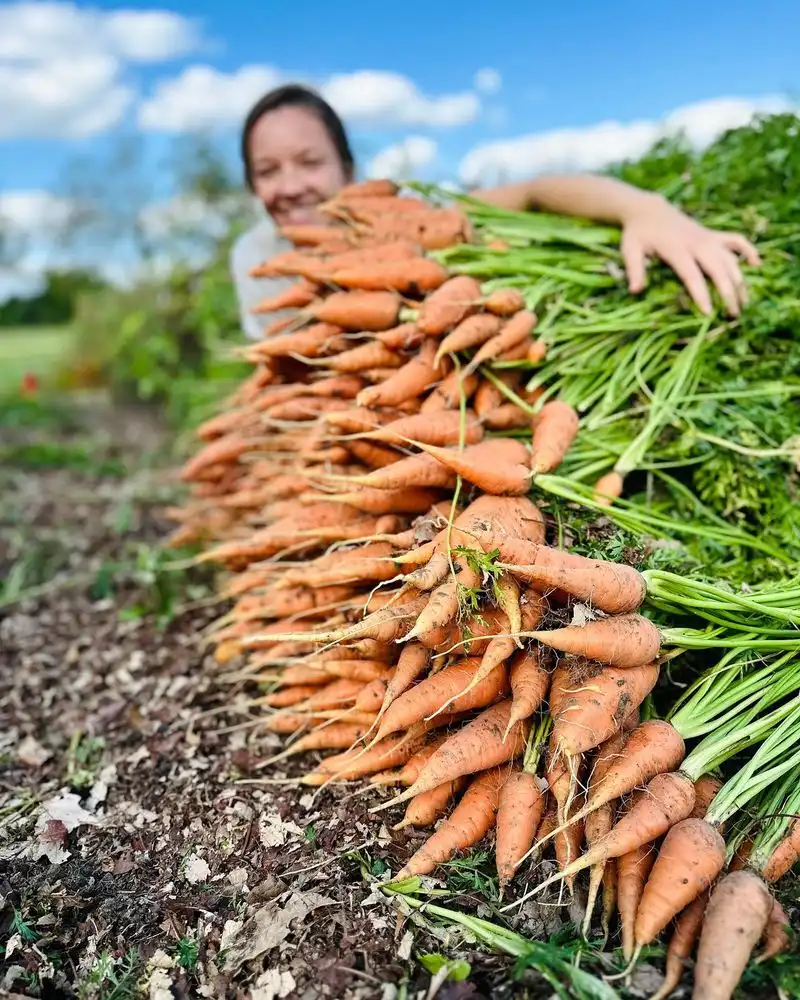
Carrots and strawberries form an unexpected yet harmonious partnership in the garden. Both plants have different root depths, allowing them to coexist without competing for nutrients. Carrots, with their feathery foliage, can provide light shade, protecting strawberries from intense sun. This natural shade helps keep the soil cooler and retains moisture. Additionally, carrots can improve soil structure, benefiting the strawberries’ root development. For gardeners seeking to make the most of limited space, pairing carrots with strawberries can lead to a fruitful and efficient garden.
Thyme
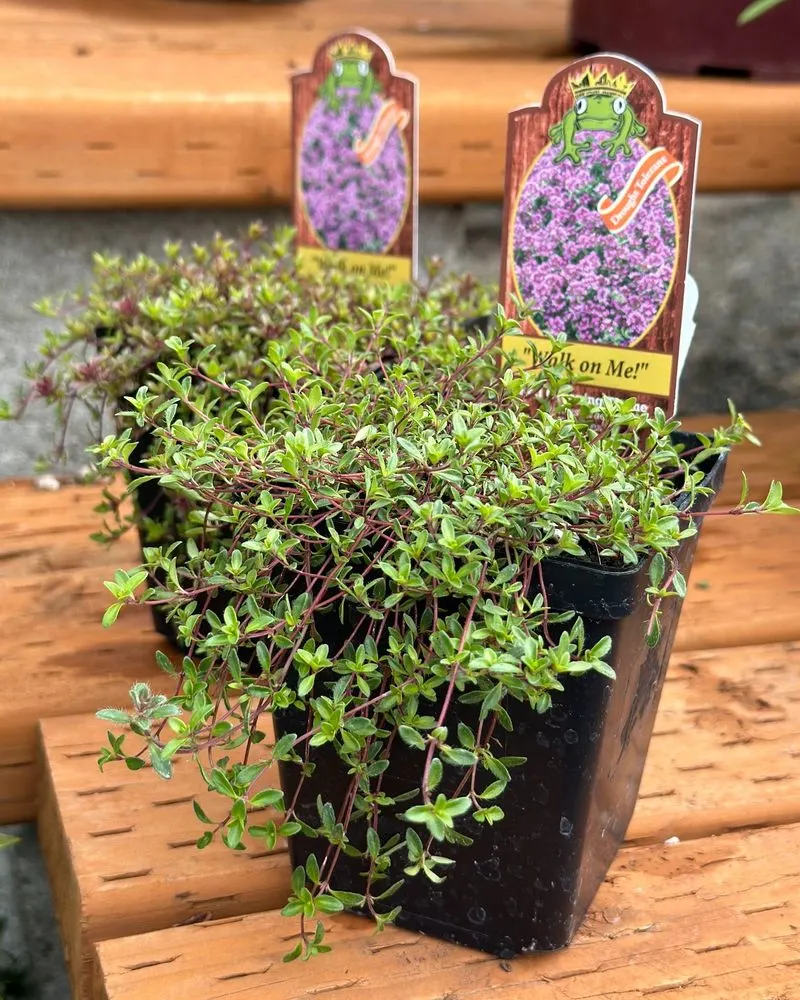
Thyme, a fragrant herb, pairs beautifully with strawberry plants. It acts as a natural ground cover, which can help suppress weeds and retain moisture in the soil. Thyme’s aromatic oils serve as a deterrent to pests, creating a protective barrier around strawberries. This herb not only contributes to the garden’s health but also adds a delightful scent to the air. By planting thyme with strawberries, you enrich your garden with diversity and a splash of Mediterranean flair. It’s a combination that’s both practical and pleasing to the senses.
Marigolds
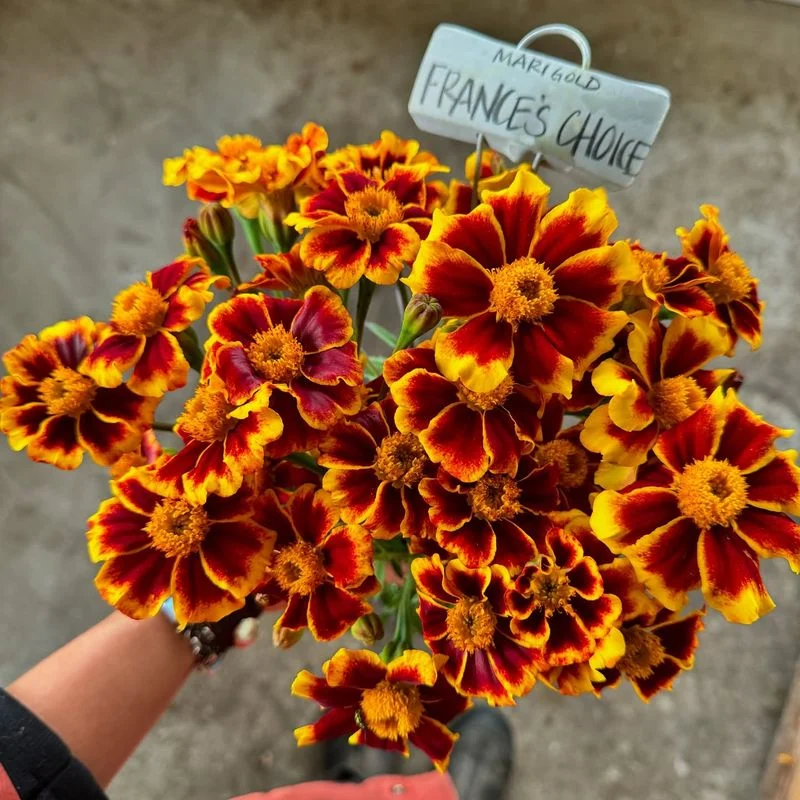
Marigolds are more than just a pretty addition to your garden. Their vivid blooms are known to repel nematodes and other pests that can harm strawberries. The natural pest-deterring qualities of marigolds make them a strategic companion for strawberries, enhancing the overall health of the garden. By planting marigolds, you introduce a burst of color, transforming your strawberry patch into a vibrant and lively space. The symbiotic relationship between marigolds and strawberries can lead to healthier plants and a more aesthetically pleasing garden.
Cabbage
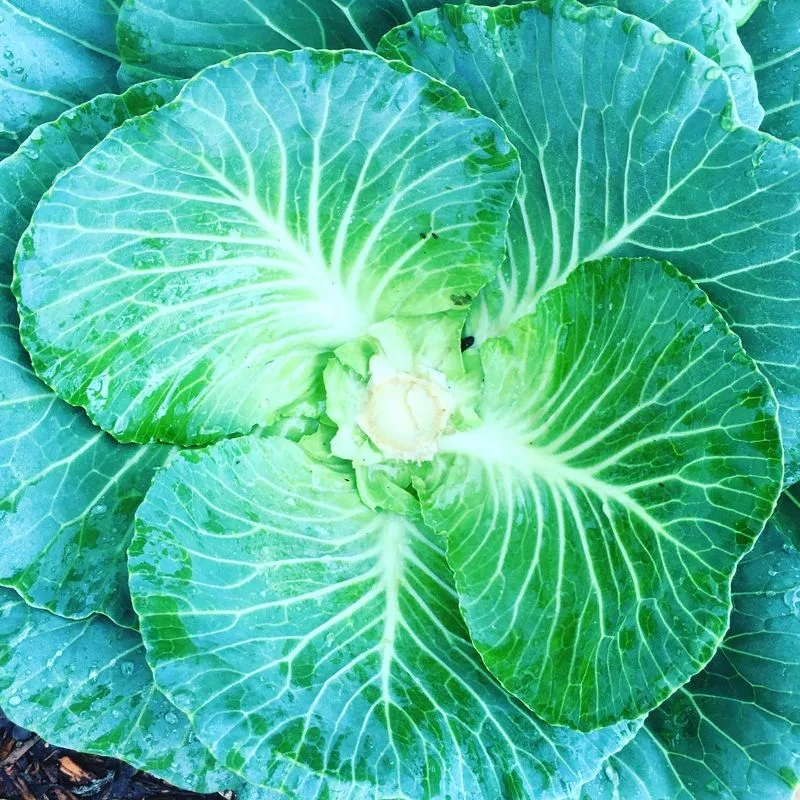
Cabbage, with its large leafy greens, might seem an unlikely adversary, but its presence can be problematic for strawberries. These hefty leaves not only overshadow strawberries, depriving them of sunlight, but might also compete for nutrients. The potential attraction of pests, like cabbage worms, adds an additional threat to strawberry health. While cabbage thrives in its own domain, it can create a challenging environment for strawberries, making it less than ideal as a neighboring plant. Careful planning is needed to keep them apart.
Broccoli
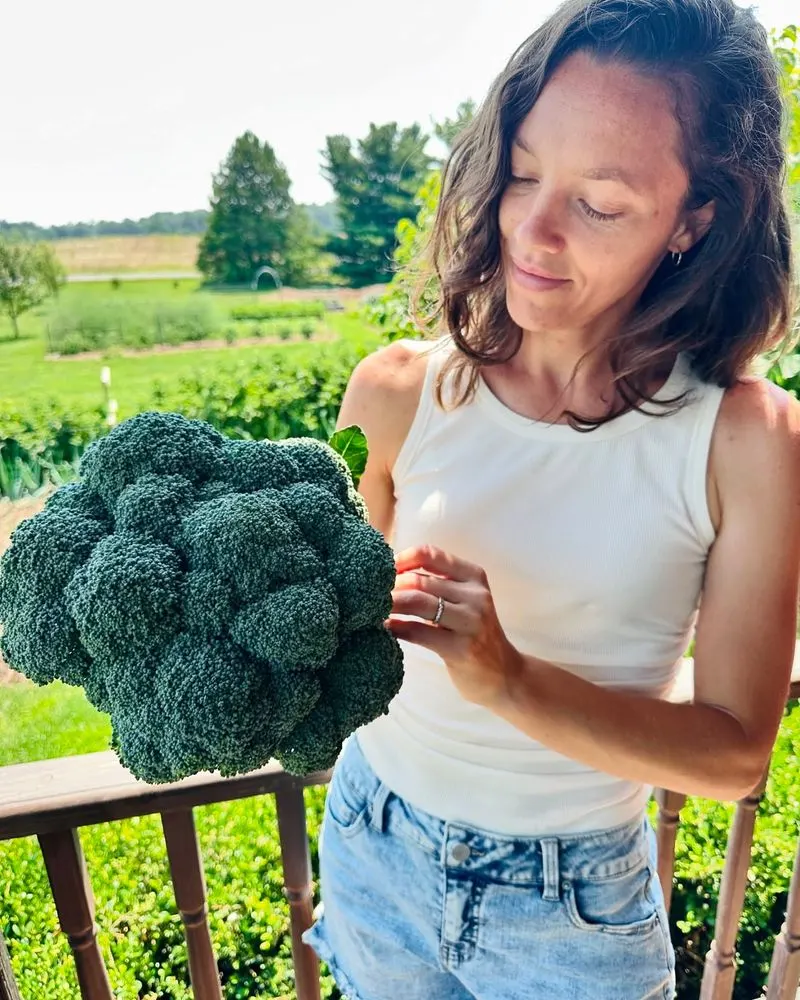
Broccoli’s towering presence is not just a sight for sore eyes in the vegetable patch. It can overshadow smaller plants like strawberries, blocking much-needed sunlight. Broccoli competes for the same nutrients, putting additional stress on strawberry plants. The attraction of pests, such as aphids, compounds the issues, making broccoli an unsuitable companion. While both are valuable crops, their proximity can hinder the growth and productivity of strawberries. Separating these plants ensures each gets the space and nutrients it requires to thrive.
Fennel
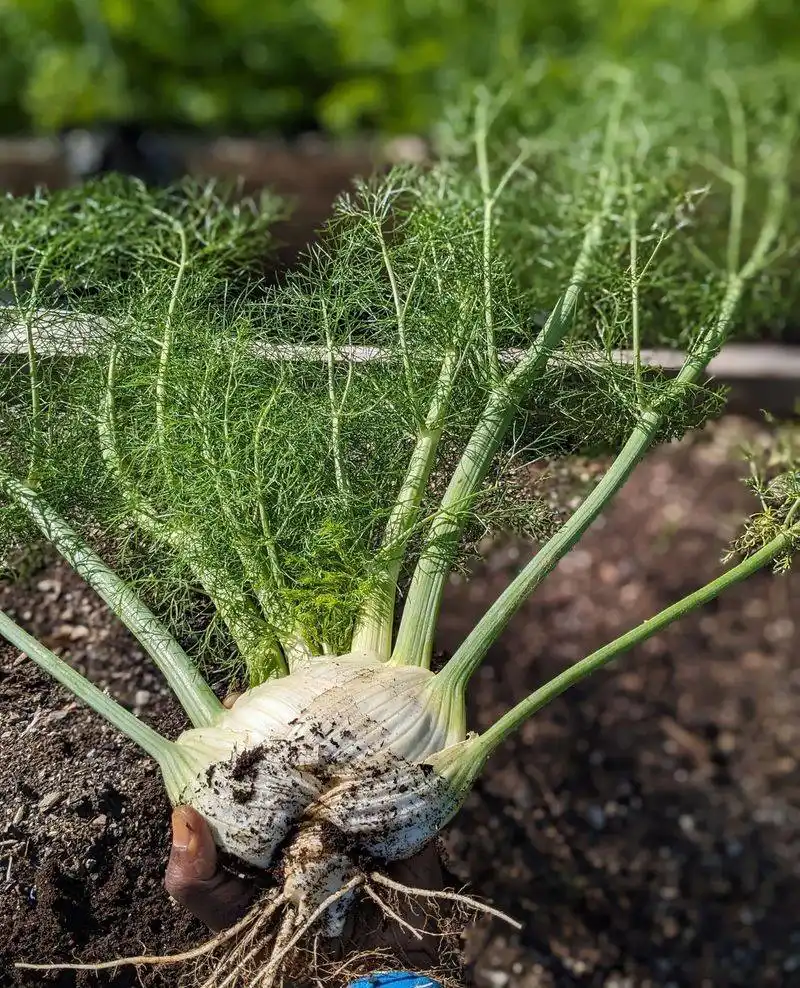
Fennel’s feathery fronds may add an aesthetic appeal, but they can overshadow smaller strawberry plants. The allelopathic properties of fennel can inhibit the growth of nearby plants, making it a troublesome neighbor. This competitive nature for nutrients and space can hinder strawberry development, leading to stunted growth. While fennel thrives in its domain, pairing it with strawberries often results in diminished yields. To ensure strawberry success, it’s best to plant fennel elsewhere in the garden. This separation allows both plants to flourish in their respective spaces.
Kale
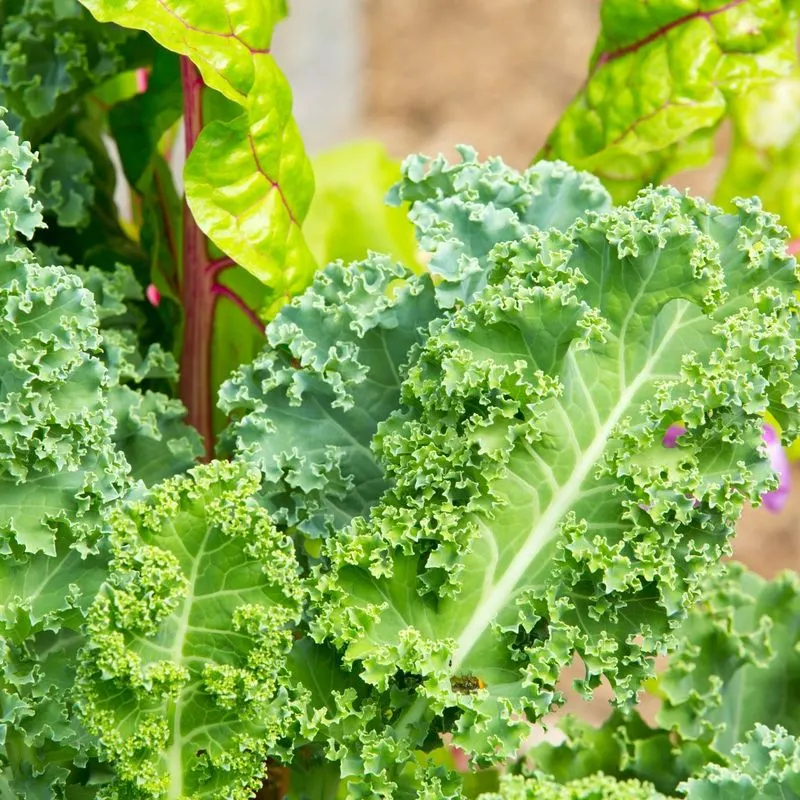
Kale, with its nutrient-rich leaves, might seem like a good garden addition, but it can pose challenges for strawberries. The broad leaves of kale can cast significant shadows, limiting sunlight exposure for strawberries. Sharing space with kale also means competing for essential nutrients, potentially stalling strawberry growth. The lush environment that kale creates can inadvertently attract pests, adding to the burden on strawberries. While both are nutritious crops, they thrive best when given ample space. Keeping them apart ensures both can reach their full potential.
Potatoes
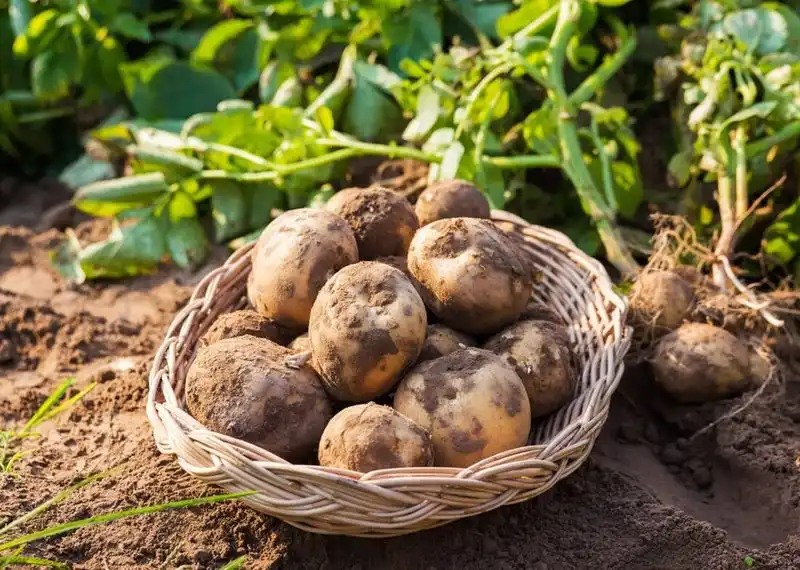
Potatoes, though a staple in many gardens, can be problematic when planted near strawberries. Both plants share susceptibility to similar diseases, such as blight, which can easily spread. The dense foliage of potatoes can overshadow strawberries, limiting their access to sunlight. Moreover, potatoes’ extensive root system might compete aggressively for nutrients, stifling strawberry growth. For optimal health and productivity of both crops, it’s wise to maintain a distance between potato and strawberry plantings. This separation helps prevent disease spread and ensures adequate resources for each plant.
Tomatoes
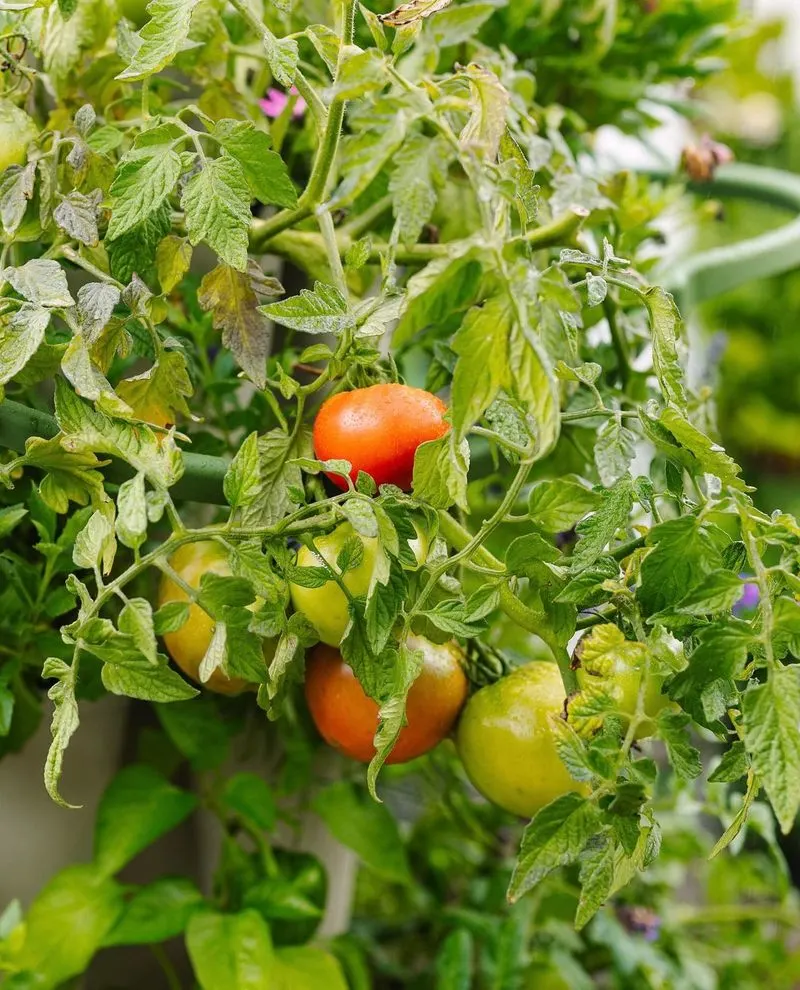
Tomatoes and strawberries, though both beloved in gardens, make for an incompatible pairing. The towering tomato plants can steal sunlight from strawberries, overshadowing them. Both plants are prone to similar diseases, increasing the risk of cross-contamination. Additionally, tomatoes’ extensive root systems may outcompete strawberries for vital nutrients. While each plant thrives in its space, their close proximity can lead to stunted growth and reduced yields. To ensure a healthy garden, it’s best to plant tomatoes and strawberries in separate sections, allowing each to flourish independently.
Peppers
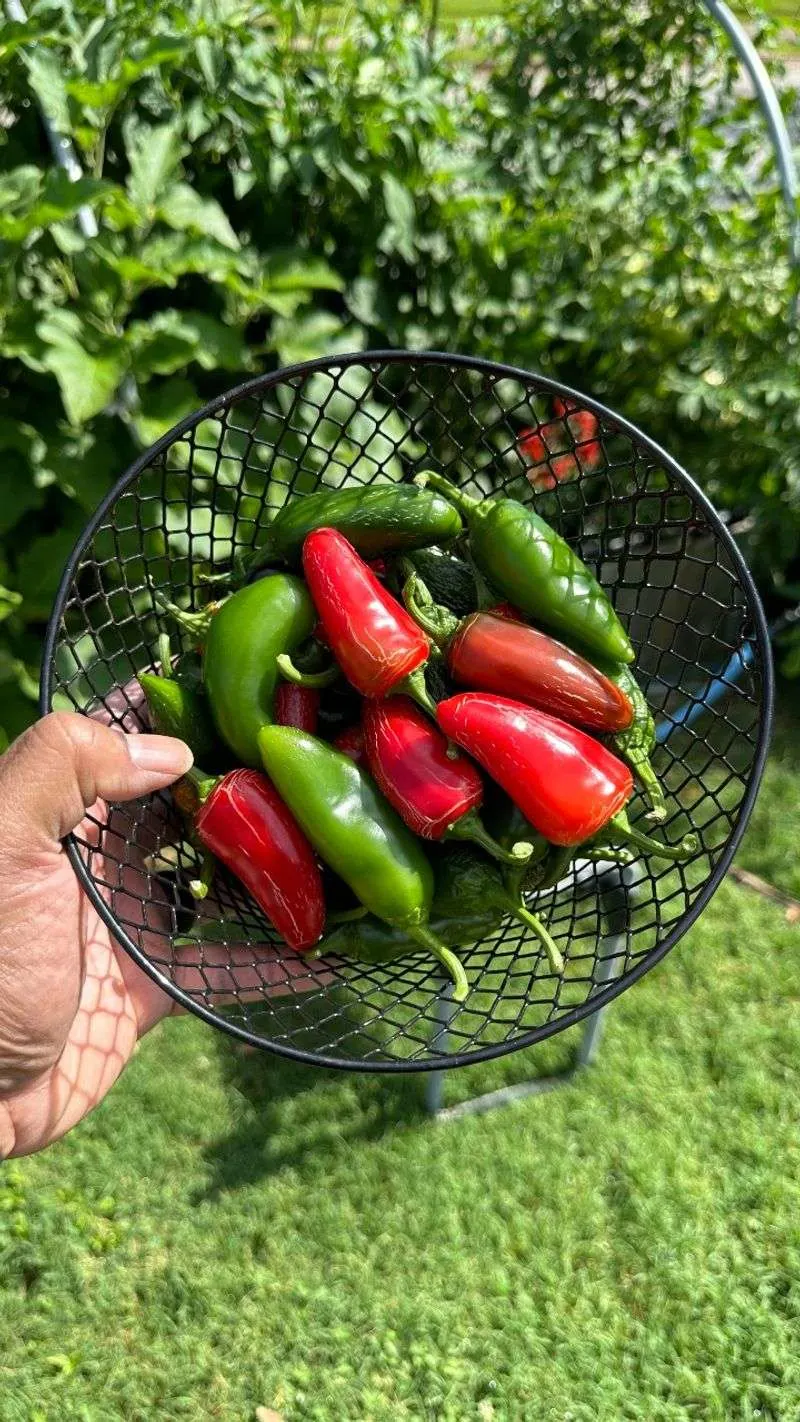
Peppers might add spice to your garden, but when placed near strawberries, they can bring challenges. The overlapping growing requirements mean peppers and strawberries compete for the same nutrients, which can hinder their development. The shared susceptibility to similar pests and diseases also poses a risk. Peppers’ dense foliage can potentially block sunlight, affecting strawberry growth. While both crops are valuable, keeping them separated ensures they both receive what they need to thrive. Planting them apart encourages healthier growth and more bountiful harvests for each.
Corn
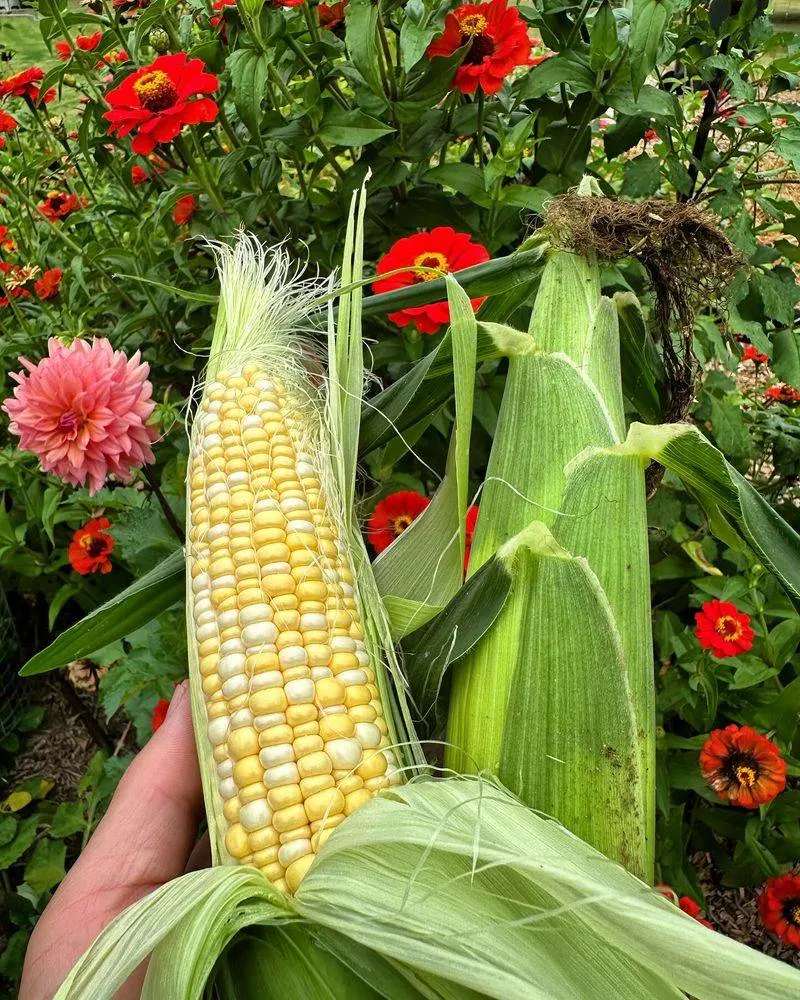
Corn’s towering stature can be a formidable opponent for strawberries in the garden. The tall stalks can cast significant shadows, depriving strawberries of the sunlight they need to thrive. Competing for nutrients in the soil, corn may outpace strawberries, leading to stunted growth. The potential for corn plants to attract pests adds another layer of concern for strawberry health. While each plant plays its role in the garden, ensuring they have separate spaces allows both to prosper. By maintaining distance, strawberries can grow without hindrance.

